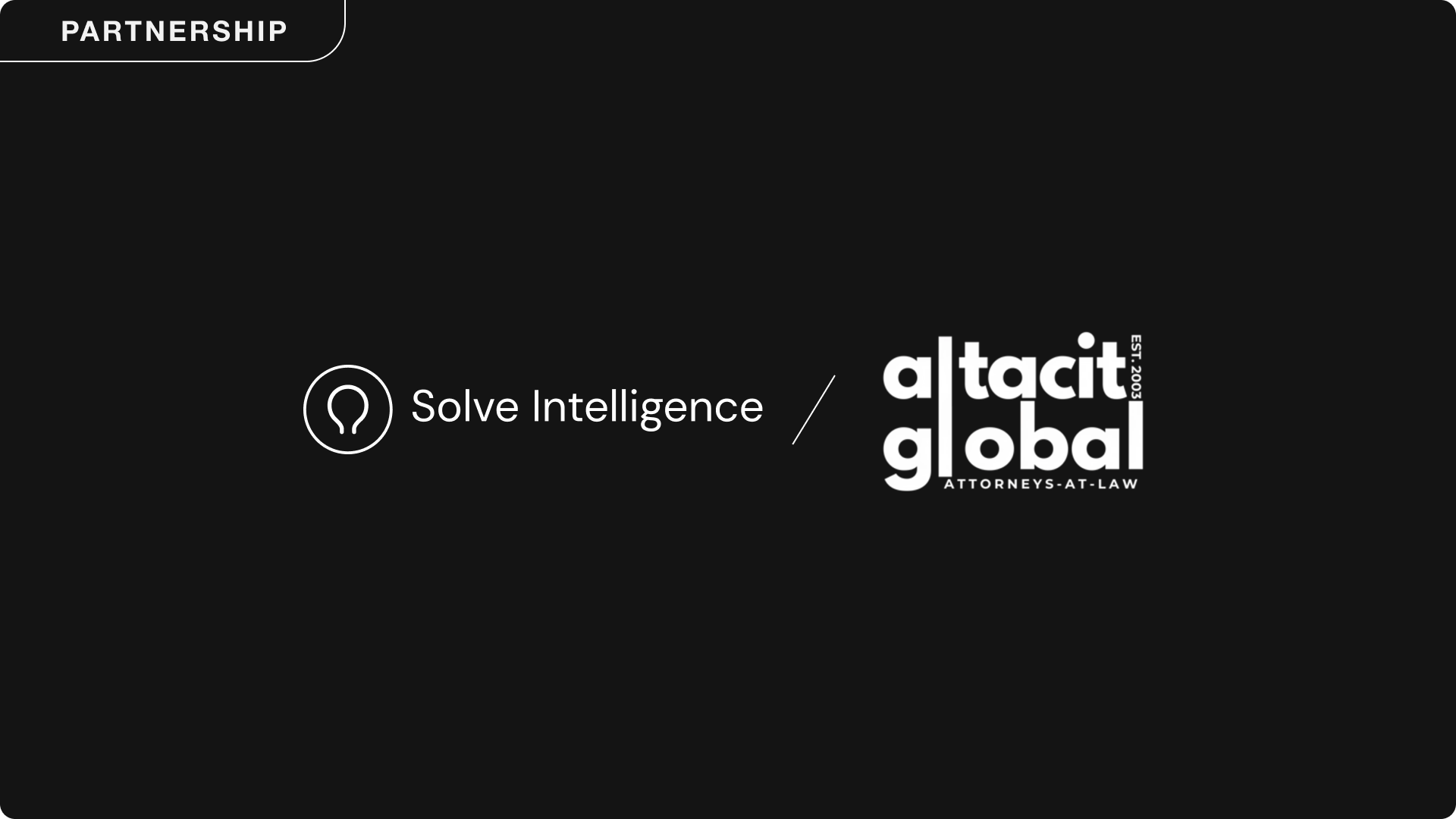.png)
Solve Intelligence is pleased to announce that Troutman Pepper Locke has partnered with Solve Intelligence to support their patent practice.

Solve Intelligence is proud to share that HG, a leading cross-Atlantic IP firm, has expanded their partnership with Solve Intelligence to give clients the choice of AI-assisted IP workflows.

Solve Intelligence is pleased to announce that Altacit Global, a leading Indian intellectual property law firm, has chosen Solve Intelligence as their AI platform to help improve the efficiency and consistency of patent drafting workflows.

We are excited to welcome John Bowler to the Legal and Product team at Solve Intelligence.
.png)
Solve Intelligence is pleased to announce that Bookoff McAndrews is expanding it's use of Solve Intelligence.
